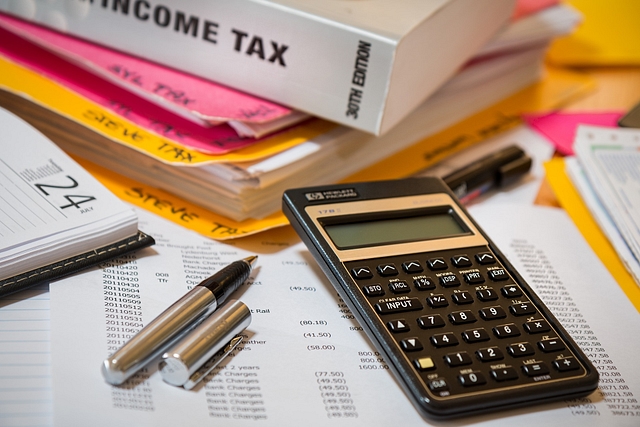
It Is Time For The Government To Reward The Taxpayers: Here’s Why
Formally empowering taxpayers with enforceable rights will truly transform India’s tax administration, making it a modern twenty-first century department capable of serving the needs of the twenty-first century modern economy.
One of the issues where the current administration has received a lot of criticism is to do with the issue of taxation – even as the government has made genuine attempts at improving the taxation structure.
The essential criticism has been on the increases in the peak tax rates over the years. This changed significantly since 2019 as the government initiated a deep corporate tax cut, and in 2020 it proposed further simplification of the personal income tax. However, a lot needs to be done – and would very likely be done once the Direct Tax Code comes into effect.
While changes to tax rates have been noticed, there have been several other measures that have been pushed by the government to revamp India’s tax administration.
Our tax administration was known for tax harassment, and there are several instances of overzealous officials who, while being well-intentioned in terms of raising tax revenues, have dampened economic growth and done more damage than any good.
The reason was the linear thinking that has prevailed in our tax administration regarding tax rates and revenues while often ignoring the impact of any changes to the rates on growth of the economy and (or) compliance.
More importantly, the reason was constant pressure for mobilisation of resources which results in frequent tax assessments followed by tax-related litigation which further blocks substantial capital and resources from being productively utilised in the economy.
It would be safe to say that while India transitioned to become a modern twenty-first century emerging economy, our tax administration (direct taxes) continued to be stuck in the late twentieth century. On the indirect taxes, we did make considerable progress with the introduction of value added tax (VAT) and eventually, the goods and services tax (GST) which is still work in progress.
Since 2014, there has been a consistent attempt at revamping the tax administration and ensuring that it is well equipped with the diverse and dynamic economic activity within India.
There is a sense of acceptance that India is unlikely to truly transform and achieve its potential unless institutions themselves are reformed and act as drivers of our growth.
This sense of acceptance was perhaps the reason behind government systematically introducing a series of small changes to the tax department adopting the process of incremental reforms.
For instance, tax compliance has been a challenge in India – as is in several economies, more so in those that have extremely high tax rates.
Moreover, the tax structure’s complexity makes it difficult for people to self-declare their incomes and make inadvertent errors in the process.
These errors frequently result in tax assessment and in extreme instances, even harassment thereby punishing taxpayers for bona fide errors. The move to switch to pre-filled forms for filing of income taxes is a move that achieves two things; first, it enables ease of filing, especially for first-time filers as the process is hassle-free.
This will have a positive impact on broadening the tax base and thus, improving compliance over time. The second is that the fact that the government has data regarding the income of a taxpayer from various sources would result in tax filers revealing true incomes due to the fear of any discrepancy. This too, would improve compliance and encourage people to declare their true incomes.
It is important to understand and appreciate the fact that higher compliance is the surest way to reduce tax rates as the government’s expenditure commitments continue to remain high.
However, it is also important to respect the empirical evidence, which shows that lower rates have a compliance effect, so lowering taxes can also result in higher revenue mobilisation.
More than the rates, a key complaint has been on harassment and on red tape which has been a hallmark of taxation structure which is too complex that errors are highly plausible.
To avoid litigation, the government has increased the value of the tax dispute, and it has similarly increased the limit for tax appeals to ensure speedy resolution of tax-related litigation.
At the same time, it introduced the ‘vivad se vishwas’ scheme, which allowed taxpayers to settle tax disputes without any fear of prosecution on admission of guilt.
Both these moves were focused on recognising that the tax system needs to first serve the taxpayers and then meet the revenue needs of the government. This marks a shift in the relationship between the tax department and taxpayers, which was based on mistrust but is now being rebuilt on the basis of mutual respect and trust.
There is still the fear of harassment and red tape despite all these measures which is why the government has decided to go for a new system of faceless assessment as it ensures the anonymity of the assessor and the assesses.
The move will have a positive impact as it will drastically reduce red-tape and create a process driven transparent system that rewards honesty and tax compliance.
This, when combined with the taxpayer charter which formally empowers taxpayers with enforceable rights, will truly transform India’s tax administration making it a modern twenty-first century department capable of serving the needs of the twenty-first century economy.